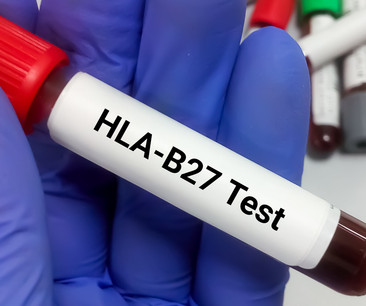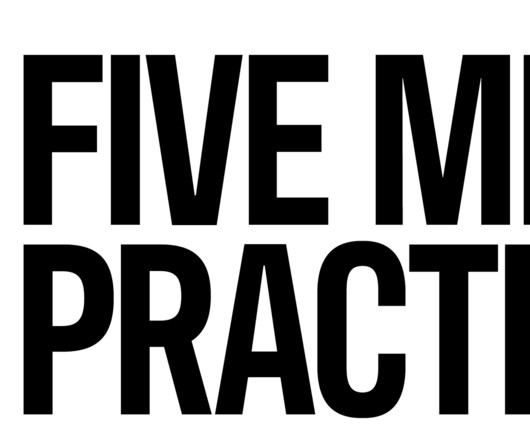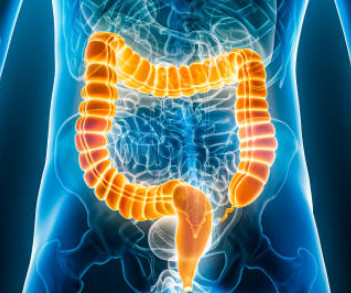Utility of HANDOC and CH-A in Endocarditis Triage
Physician's Weekly
JUNE 28, 2025
The TEE was utilized in 26% of cases. Applying HANDOC and CH-A would have increased TEE use by 22% and 60%, respectively, compared to actual clinical practice. Investigators concluded that HANDOC demonstrated superior diagnostic accuracy for IE, and both RSSs increased TEE use, particularly with CH-A.












Let's personalize your content